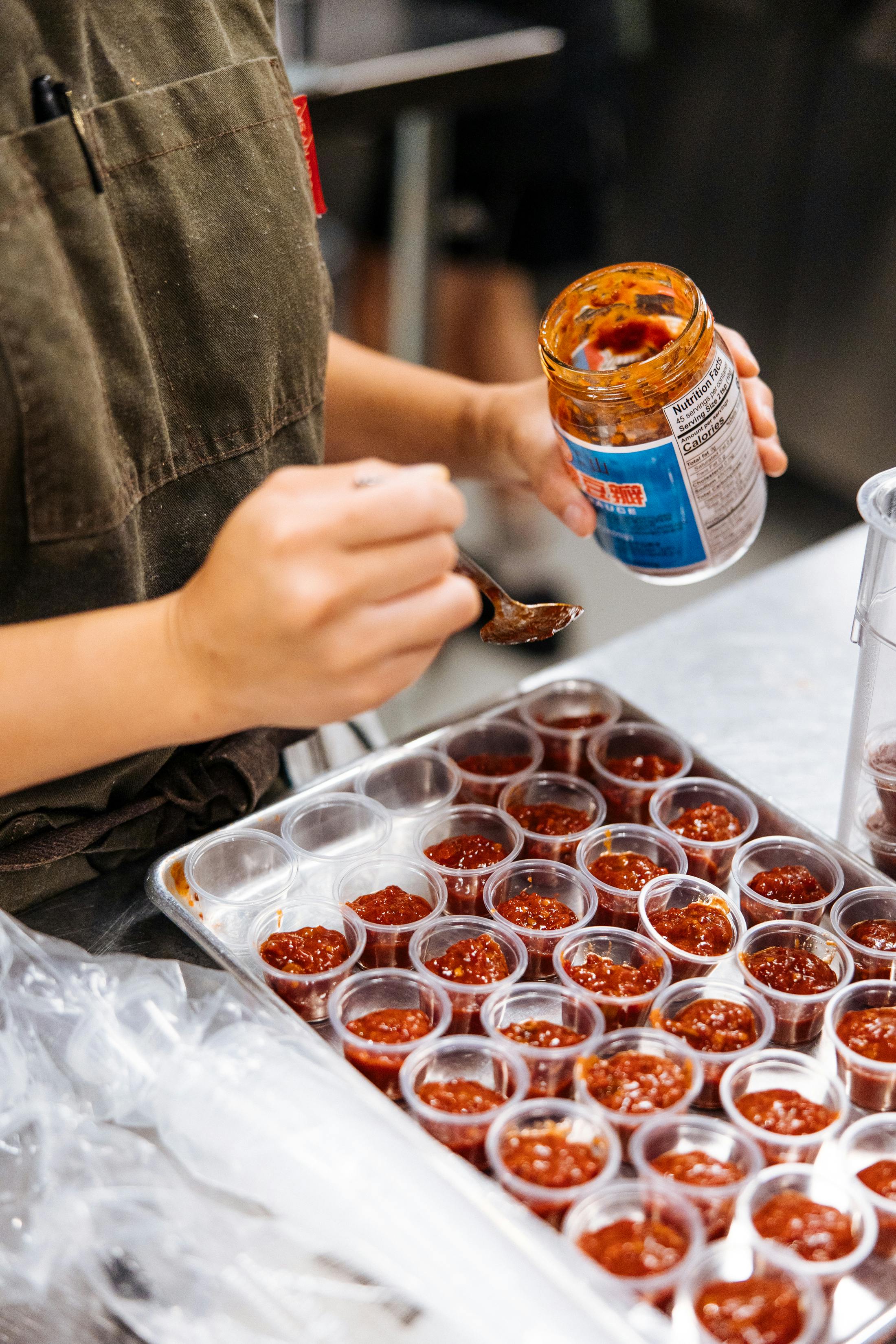Sustainability is more than a trend. It’s a necessity for the future of our planet and our society. Plus, it’s a smart business strategy for restaurants, especially in the Australian market. Australians are among the most environmentally conscious consumers in the world, and they expect the same from the businesses they support—and this includes dining out.
By making your restaurant more sustainable, you can tap into this growing demand and gain a competitive edge over your competitors. You can also reduce your costs, improve your efficiency, and enhance your reputation. And you don’t have to compromise on quality or taste to do it!
In this blog, we’ll share tips on how to make your restaurant more sustainable and profitable. We’ll also cover topics such as food waste, packaging, and energy efficiency. Follow these tips and see the difference in your bottom line and customer satisfaction.
1. Reduce food waste
Food waste is a huge problem in the restaurant industry worldwide. In Australia, the Food Waste Report by Foodwise shows that Australians waste about 7.6 million tonnes of food every year, which is equivalent to $19.3 billion. Nearly 40% of this waste comes from the commercial and industrial sectors, including restaurants.
Food waste not only harms the environment but also your bottom line. By managing this, you can save money on ingredients, disposal fees, and energy costs and improve your customer satisfaction and loyalty as more people become aware of the environmental and social impacts of food waste.
Here are ways to reduce food waste in your restaurant:
- Plan your menu carefully and use seasonal and local ingredients. This will help you avoid overstocking and spoilage and also reduce your carbon footprint and transportation costs.
- Track your inventory and sales, and adjust your orders accordingly. There are software tools or apps you can use to help with this task.
- Train your staff on proper food handling, storage, and portioning. Encourage your crew to use every part of the food, such as peels, stems, and bones, to make stocks, sauces, or compost.
- Offer your customers options to customise their orders, like choosing the size, toppings, or sides. This will help them get exactly what they want and avoid wasting food they don’t like or can’t finish.
- Donate your excess or unsold food to charities or food banks, or sell it at a discounted price through online marketplaces. Not only will you limit your waste, but you’ll also support your community through this initiative.
2. Switch to eco-friendly packaging and utensils
If you offer takeaway or delivery services, consider the environmental impact of your packaging and utensils. Single-use plastic items, such as bags, containers, cups, straws, and cutlery, are harmful not only to the environment but also to your brand image. More and more customers are demanding eco-friendly alternatives, and some governments are banning or taxing plastic products.
Switching to eco-friendly packaging and utensils not only reduces your environmental footprint but also cuts disposal costs and appeals to sustainability-conscious customers. Explore these options for a greener approach:
- Consider paper or cardboard products like boxes, bags, cups, and plates. These items are biodegradable and recyclable, offering customisation with your logo. Ensure they come from recycled or certified sources and avoid non-recyclable plastic or wax coatings.
- Explore plant-based alternatives such as cornstarch, sugarcane, bamboo, or palm leaf. Not only are these options compostable and renewable, but they also lend a natural and elegant aesthetic to your packaging and utensils. Verify their certification as compostable and dispose of them in a proper composting facility or bin.
- Embrace reusable products like glass, metal, or ceramic, adding durability and recyclability to your choices. Enhance customer experience and loyalty with these options, and encourage sustainability by offering incentives or discounts for those who bring their containers or cups.
3. Invest in energy-efficient equipment and practices
To curb both environmental impact and operational costs, consider delving into energy-efficient equipment and practices for your restaurant. This strategic move not only slashes greenhouse gas emissions but also trims your utility bills while boosting overall energy efficiency. Explore these avenues for a greener, more economical approach:
- Upgrade Appliances: Revamp key appliances like refrigerators, freezers, ovens, stoves, dishwashers, and lighting with energy-efficient models. Seek products boasting the Energy Rating Label or Energy Star certification, signifying superior energy performance and potential savings.
- Embrace Smart Devices: Integrate smart devices like thermostats, sensors, timers, or controllers to monitor and regulate energy usage. Leverage software tools or apps to manage consumption effectively.
- Adopt Best Practices: Incorporate best practices like turning off or unplugging idle appliances, adjusting temperature and ventilation based on weather and occupancy, harnessing natural light and ventilation, and routinely maintaining and cleaning equipment. Empower your staff with energy-efficient training and recognise their efforts with rewards.
Join the green revolution in the restaurant industry
Elevate your restaurant’s standing by embracing sustainability—a move that not only benefits the planet but also amplifies your brand image and cuts down expenses. Now, you’ve learned tips on fostering sustainability, from curbing food waste to adopting eco-friendly packaging and utensils and investing in energy-efficient practices.
But here’s the exciting part: You don’t have to navigate this journey solo! Join the Chef Collective, where we give you your very own ingredients for growth. Here at Chef Collective, we’ll introduce you to the realm of dark kitchens in Australia—delivery-focused spaces eliminating the need for a physical dining area. These innovations pave the way for cost savings, heightened efficiency, and expanded customer reach.
Step into the green revolution in the restaurant industry, and get in touch with us today! Your sustainable future awaits!
